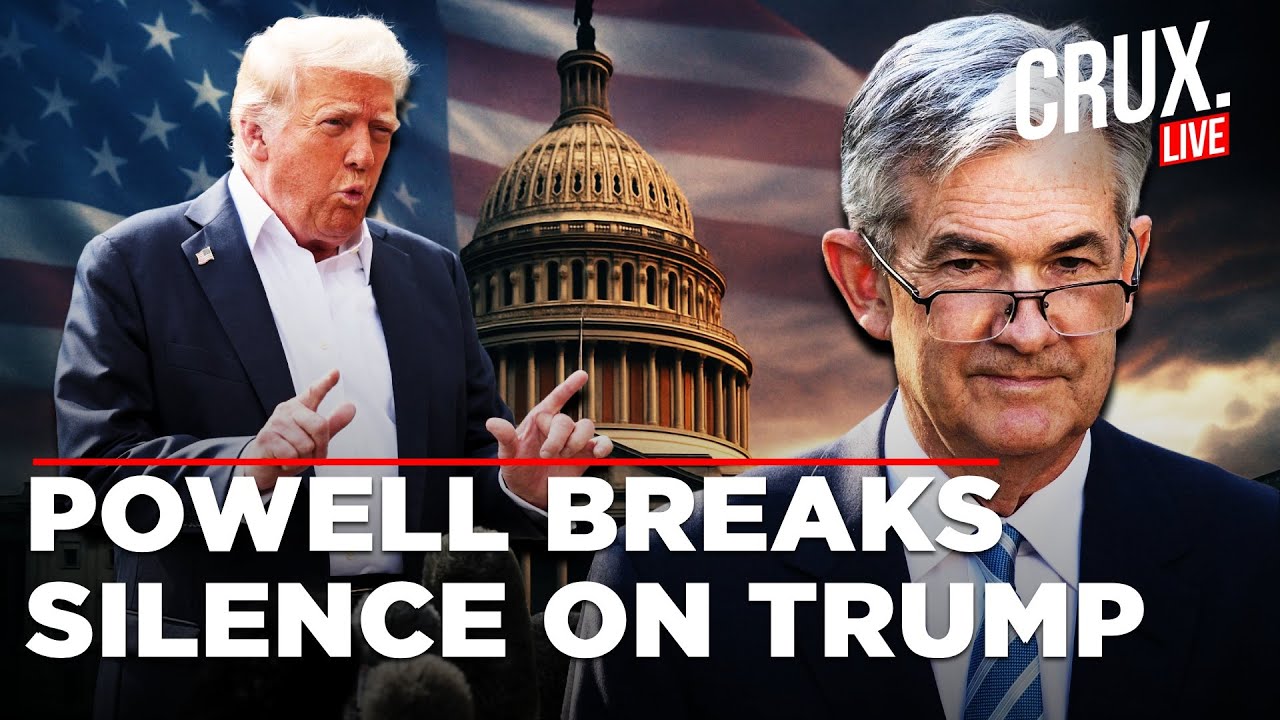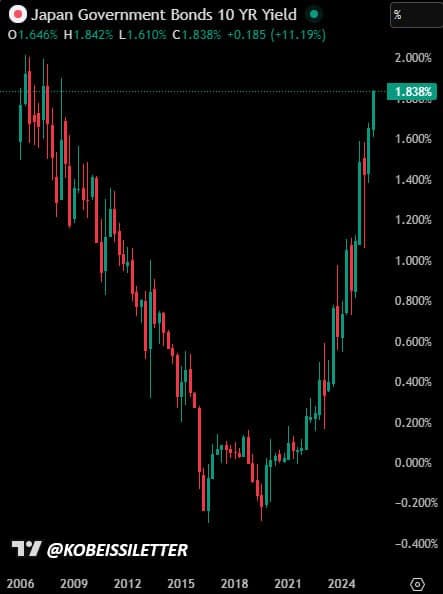Trump Urges Fed Chair Powell to Slash Interest Rates Amid Economic Turbulence
In a striking move that underscores the ongoing economic challenges facing the United States, President Donald Trump has publicly called on Federal Reserve Chair Jerome Powell to lower interest rates. This demand comes at a time when many economists are expressing concerns about a potential slowdown in growth and rising inflationary pressures that could threaten the stability of the U.S. economy. The request, articulated during a press conference on Friday, reflects Trump"s ongoing frustration with the Fed"s monetary policy decisions and his belief that lower rates could stimulate economic activity.
The backdrop to Trump"s demand is a complex economic landscape marked by fluctuating stock markets, trade tensions, and persistent supply chain disruptions. As previously reported, recent developments have indicated that inflation rates are climbing, prompting many to question whether the current monetary policy is adequately addressing these issues. Trump"s push for lower interest rates is not merely a political maneuver; it is rooted in a broader strategy to bolster economic growth ahead of the 2024 presidential elections. A reduction in rates could lead to cheaper borrowing costs for consumers and businesses, potentially spurring investment and spending.
During his remarks, Trump emphasized that the Fed"s current interest rate levels are too high and are inhibiting economic growth. "We need to be more competitive on the global stage," he asserted, suggesting that lower rates would enhance the U.S. economy"s ability to compete internationally. This sentiment is echoed by several business leaders who argue that high interest rates are stifling investment in key sectors. As companies face rising costs, many are hesitant to take on new debt, which could lead to a slowdown in job creation and overall economic activity.

Image for Trump Urges Fed Chair Powell to Slash Interest Rates Amid Economic Turbulence
Experts are divided on the potential implications of Trump’s request. Some economists argue that slashing interest rates could provide a much-needed boost to the economy, especially in light of the challenges posed by inflation and global trade dynamics. However, others caution that such a move could exacerbate existing inflationary pressures and lead to market distortions. Historical comparisons reveal that while lower interest rates can stimulate growth, they also carry risks of overheating the economy, as seen in previous economic cycles. The delicate balance that the Federal Reserve must strike becomes even more pronounced in the current climate, where every decision is scrutinized for its potential impact on inflation and employment.
The consequences of Trump"s demand are likely to reverberate through various sectors of the economy. If the Fed responds favorably, we may see a surge in consumer spending and business investment, which could lead to job growth and increased economic activity. Conversely, if the Fed remains steadfast in its current policy, tensions may escalate between the White House and the central bank, potentially undermining market confidence. The Fed"s upcoming meetings will be crucial as it navigates these pressures while maintaining its commitment to controlling inflation. As previously reported, similar situations have arisen in the past, where political influences have attempted to sway monetary policy decisions.
Looking ahead, the future of U.S. economic policy remains uncertain. With the 2024 elections on the horizon, Trump"s demand for lower interest rates may resonate with voters who prioritize economic growth and job creation. However, the Federal Reserve will need to weigh these political pressures against its mandate to ensure price stability and sustainable economic growth. As the global economy continues to face challenges, the decisions made by the Fed in the coming months will be critical in shaping the economic landscape for both the short and long term. Stakeholders across the spectrum will be watching closely, hoping for a balanced approach that fosters growth without igniting inflationary pressures.








